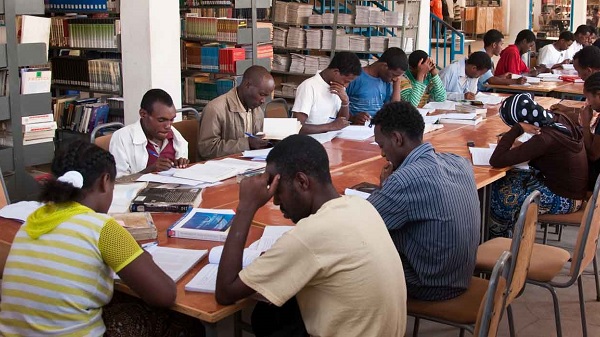
GIZ, on behalf the Ministry of Education, lead the project of constructing thirteen new universities, located throughout Ethiopia, with capacity for over 150,000 students.
ADDIS ABABA (GIZ)–This East African country has quadrupled its student population. All of the buildings were constructed efficiently and quickly.
Besides its importance in terms of the educational opportunities it affords young Ethiopians, this large-scale project is also a boon for the country’s construction industry. This is because GIZ worked closely with local companies. In fact, construction was completely in the hands of Ethiopian businesses – around 1,000 of them in all. Engineer Messele Haile from Addis Ababa was also involved and says the building project is ‘very important for Ethiopia.’ Referring to the basic and further training inputs provided by GIZ, he added that, ‘Local subcontractors were trained to build to high standards.’ In addition to architects and engineers, this project benefited more than 4,000 people employed by local firms and cooperatives in the crafts and trade sector.
The new buildings were erected using state-of-the-art building techniques and prefabricated components that kept the costs down and shortened construction times in comparison with similar projects. The universities were recently fitted with water treatment systems, four of which are already in operation. The water is used for flushing toilets in the buildings and for maintaining the gardens on campus.
Source: Deutsche Gesellschaft für Internationale Zusammenarbeit
——
Other stories:
- JICA Ethiopia’s Mathematics and Science Education Project Wraps Up
- Improving Student Achievement in Mathematics, Science Education in Ethiopia
- 44 Public Universities Set to Admit New Students Next Ethiopian Academic Year
- Ethiopian Delegation Visiting India to Adopt Best Practices from Education Sector
- Ethiopia: Cisco, Ministry of Education Cooperate to Expand Cisco Networking Academy Program into Education System
